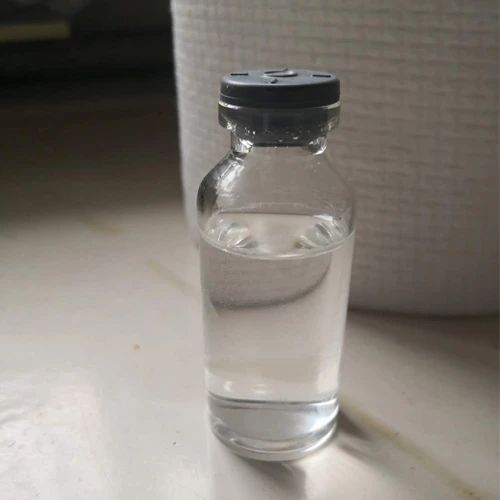Understanding Sulfamic Acid Properties, Uses, and Safety
Sulfamic acid, also known as sulfamidic acid or amidosulfonic acid, is a versatile inorganic compound with the formula H3NSO3. It appears as a white crystalline solid and is highly soluble in water, making it an important industrial chemical. As a sulfonic acid derivative, sulfamic acid possesses unique properties that lend themselves to a variety of applications across different fields.
Chemical Properties
One of the notable characteristics of sulfamic acid is its ability to act as both a strong acid and a source of sulfur, making it a valuable reagent in various chemical reactions. It has a molecular weight of 97.09 g/mol and a melting point of about 205 °C. In aqueous solution, sulfamic acid fully dissociates to yield hydrogen ions, indicating its strong acidic nature. The structure of sulfamic acid includes a sulfonic group (–SO3H) and an amine group (–NH2), which allows it to participate in various organic reactions.
Industrial Applications
Sulfamic acid plays a crucial role in several industries due to its multifaceted properties
1. Descaling Agent One of the most common applications of sulfamic acid is as a descaling agent, particularly in industrial settings. It effectively removes limescale and other mineral deposits from boilers, heat exchangers, and other equipment. Its effectiveness, coupled with a lower environmental impact compared to stronger acids, makes it a preferred choice for many cleaning applications.
2. pH Regulation In water treatment processes, sulfamic acid serves as a pH regulator, ensuring that water remains within optimal acidity levels. This property is especially important in swimming pools and industrial cooling systems, where maintaining appropriate pH levels is critical for efficiency and safety.
sulfamic acid

3. Cleaning Products Many consumer cleaning products contain sulfamic acid, particularly those designed for bathrooms and kitchens. Its effectiveness against stubborn stains and residues makes it a popular ingredient in formulations aimed at maintaining hygiene and cleanliness.
4. Chemical Synthesis In organic chemistry, sulfamic acid can be utilized in reactions to synthesize a variety of compounds. It is particularly valued in the production of sulfonamides and other sulfur-containing compounds, which have significant pharmaceutical and agricultural applications.
5. Plastic and Textile Production Sulfamic acid is employed in the manufacturing of certain plastics and textiles, serving as a coupling agent and catalyst in various processes.
Safety and Handling
While sulfamic acid has numerous beneficial applications, it is important to handle it with care. The substance can be harmful if ingested, inhaled, or if it comes into contact with the skin and eyes. Safety equipment such as gloves and goggles should be worn when handling the acid to prevent irritation or injury. In case of exposure, it is crucial to wash the affected area with plenty of water and seek medical attention if necessary.
Storage of sulfamic acid should be in a cool, dry place, away from incompatible materials such as strong oxidizers. Proper labeling and documentation are essential to ensure safe use and to mitigate any potential risks associated with its handling.
Conclusion
Sulfamic acid stands out as a vital compound due to its diverse applications ranging from industrial cleaning to chemical synthesis. Understanding its properties, uses, and safety measures is essential for those working with this potent acid. As industries continue to seek effective and environmentally friendly solutions, the significance of sulfamic acid is likely to remain prominent for years to come.

